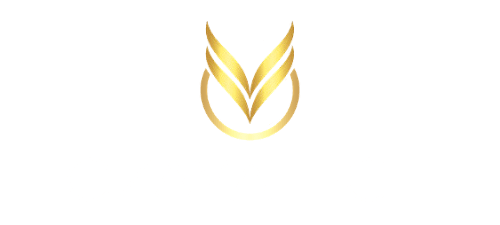Drones and operating software, designed to find, track, repair, protect, or recover disabled drones.
Service for supplying essential urgent supplies for drones.
A service for drone recovery, repair, assistance, and protection, where Uber or Lyft drivers are contracted to provide responsive direct support.
OEM on the Nexus Drone parachute, where OzayaDrone system is notified of chute deployment and responds.
Subscription service plug-in for Drone Air Traffic
Control system communication and compatibility.
Insurance company related asset tracking, incident occurrence and recovery operation verification. Likely affecting Insurance cross-sectional data collection, costs, discounts, and policy structures.
Even as an emerging industry, drone technology’s prospective impact is undeniable. In agriculture, construction, insurance, transportation, logistics, technology, government, and entertainment, drones are becoming a pivotal tool to accomplish a wide array of objectives. From data collection to commerce to pervasive internet distribution, drone technology is improving productivity, reducing costs, and helping businesses make better decisions.
The Federal Aviation Administration estimates that 600,000 commercial drones will be flown this year. For comparison, about 320,000 commercial passenger planes are registered in the United States. This growth isn’t going to slow down anytime soon
– according to the Association for Unmanned Vehicle Systems International, the industry anticipates the creation of 100,000 jobs and $82 billion in economic activity in the next 8 years. Goldman Sachs is a bit more optimistic and predicts the drone market to reach $100 billion by 2020, twenty per cent of which will be driven by the United States.
The rapid growth of the drone industry has outpaced the ability of regulators to define the rules that govern their use. The FAA has been careful to develop regulations for flying drones over people – they understand the risks of suddenly filling the skies with relatively new technology, beyond the line of sight for pilots. Corporate safety officers and brand managers understand this as well – with anything mechanical, there is a failure rate. Because it is the imperative of every company to protect their investment, product, and brand, how that failure is managed is critical to the commercial adoption and public acceptance of drones, particularly in urban areas.
Over fifty cities globally have a population that exceeds five million people. Because cities are where people are, these metropolitan areas are the future of commercial drone use. Given the inevitable reality of services like Amazon Air which proposes drone package delivery in these urban centers, it’s not hard to imagine a future in which thousands of drones are flying throughout the skies of cities around the world.
Furthermore, we live in a world where we can know anything we want, anytime we want – the continued collection of data will become a core function of our society. We’ve just passed a technological tipping point where 3D printing, material science, machine vision, data storage, and batteries have de-monetized the price of drones, democratizing the cost for everyone – drones are proving to be one of the most effective data-gathering platforms.
Soon, further advances in these exponential technologies will make smart, cheap, and effective drones ubiquitous. Perhaps even one day, drones, autonomous vehicles, artificial intelligence, IoT, quantum computing, human-computer interfaces, and the environment will all meld together into a single ecosystem, with no clear boundaries between hardware and software, biological and technological, to become the meta operating system on which all enterprise operates. While Goldman Sachs predicts a $100 billion-dollar market, we imagine that’s just the tip of the iceberg. The full market potential of drones is likely to be exponentially more as their impact has a ripple effect throughout our economy.
The mass adoption of manned vehicles required new policy and infrastructure to safely and effectively operationalize “mechanical horses.” Similarly, drones will require a new generation of policy and infrastructure to ensure technological feasibility, market viability, and human safety wherever drones are operated. The more ubiquitous the use of drones, the more that users will generate the need for service, repair, management, protection, and recovery operations connected to a statistical and inevitable failure rate. OzayaDrone will be positioned to serve this need, and not only for drones but in some specific ways, also indirect assistance to the population using drones. There is a real opportunity to build a global company that designs and implements integrated drone systems that identify, monitor, and mitigate unmanned aerial aircraft hazards in the urban environment.
Ozayatech
Ozayatech exists to provide solutions to tough challenges. "Ozaya", is a derivative of the Hebrew word "Hosea", which means salvation or help. Therefore the very meaning of the name "Ozayatech" is "salvation, or helpful, technology.
Address
Primary: 2367 Tacoma Ave S Tacoma, WA 98402
Satellite: 3518 S Edmunds ST Seattle, WA. 98118
